The aroma of freshly cut grass and even fresher grilled brats set against the combined cacophony of street vendors and bellowing umpires can only mean one thing: Baseball is BACK! What better way to ring in a new season than to take a look at the only high heat sim that is worth a damn? At this point MLB The Show is pretty much the only name left in the game, unless you consider the proverbial dumpster fire known as R.B.I. Baseball an actual game. Don’t worry, I don’t, and neither should you. Facing another season of limited competition, can the team over at SIE San Diego continue to innovate or are we looking at a franchise in its rebuilding stages?
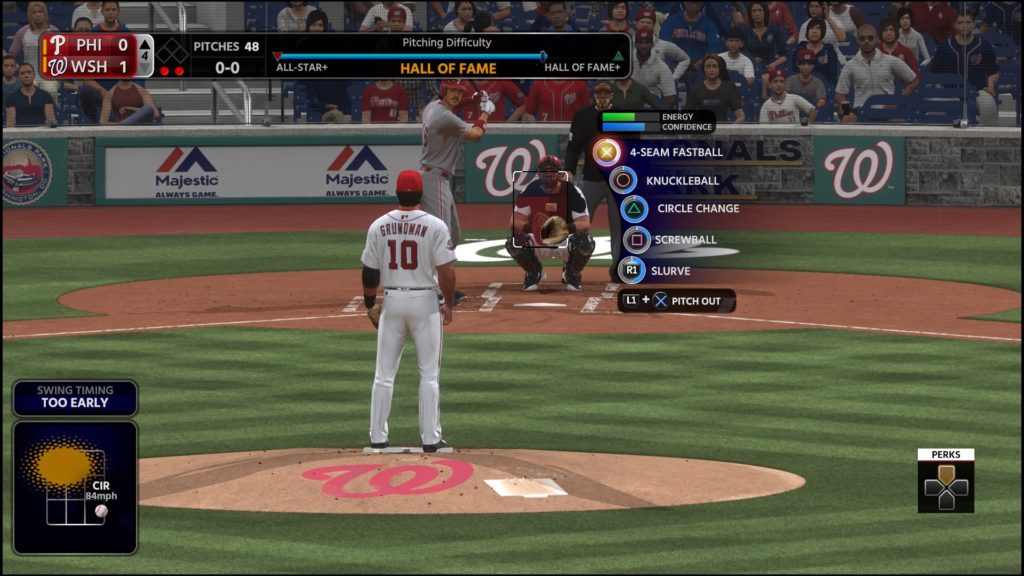
It’s easy to forget that there was once a time when MLB The Show wasn’t a sure bet, at least as far as quality is concerned. Granted, that feels like it was eons ago (I’m lookin’ at you, 2006!) but it is shocking that the series has managed to continuously evolve without churning out a couple of inadvertent stinkers in the process. The key to their success has been the constant evolutionary steps, instead of opting for a series of isolated revolutionary leaps. Unfortunately, that also led to a core suite of modes that felt like they hadn’t been significantly touched in years. I guess it was high time for that all to change, because MLB The Show 18 constitutes the single most substantial re-engineering in the franchise’s storied history.
The Facts of Life
“You take the good. You take the bad. You take them both and there you have…” Never has a 1980s television theme song better summed up my feelings on a game. On one hand, the development team seems genuinely tuned into their audience, with their continued advancement to the Diamond Dynasty mode. FIFA Ultimate Team better watch their back because The Show is gunning to be the top card collecting mode in all of sports gaming. Hell, this year I was actually able to play at launch, which is light years further ahead than 2017’s disastrous launch.
Diamond Dynasty’s design flies in the face of the commonly accepted (though increasingly disgusting) microtransaction driven card pack system. I was shocked to find that it was the rare instance that didn’t make me feel the need to reach for my wallet in order to be competitive. The plethora of online challenges offer up more than enough opportunities to secure those in-game funny funds, which can in turn be used to buy more packs. It won’t take long before your ragtag collection of misfits looks a hell of a lot like a genuine pennant contender. Let’s just hope that their online servers can manage to stay afloat this time around. We wouldn’t want another repeat of ServerGate 2017.
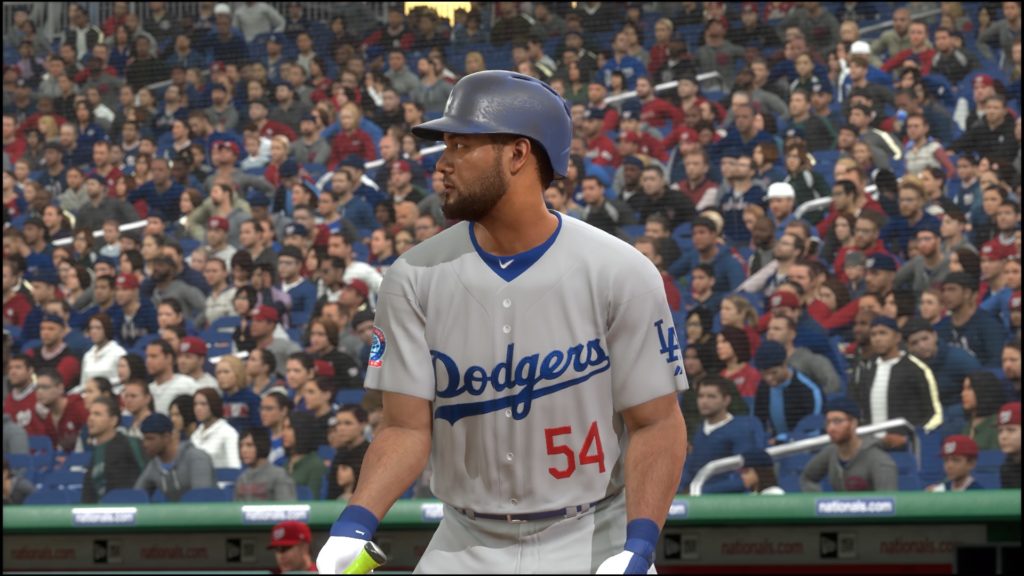
Animation Domination
Along with the attention being paid to Diamond Dynasty, there has also been significant attention paid to revamping several key in-game mechanics. Chief among the improvements is the enhanced dynamic animation engine. In one of my past The Show reviews (honestly, there have been so damn many of them, so don’t ask me which one) I remember specifically noting that there seemed to only be a handful of animations being repeated on loop throughout a game. It appears that the good folks over at SIE San Diego have heard my complaints, loud and clear.
Moment-to-moment action feels far more fluid thanks to player character models finally being aware that they are not the only thing occupying the same screen space. Gone are the days of baserunners and fielders clipping through each other along on the base path, which was present as recently as last year. Smaller touches like baserunners dodging groundballs zooming by them on the base path further demonstrates that runners are finally aware of their position within the field of play. The dynamically generated animations help make that all possible.
Improved animations also impact the physics engine and how it plays into virtually every facet of the action. Concepts like a player’s acceleration when running the base path, the impact momentum can have on their ability to stop suddenly, or the trajectory a wild pitch takes when it skirts away from the catcher, all drive home why this is such an important step forward in authenticity. Yesterday I actually had a ground ball ricochet OFF second base, bounce back at the pitcher, and hit him square in the small of his back with a resounding thud. The fact that this actually happened was remarkable in and of itself, but it was even more impressive when you consider that every player on the field reacted organically to the incident.
My favorite use of the improved modeling is how they tweaked the flight trajectory of hit balls. Thanks to a new onscreen indicator, players can now see how the rotation of a specific type of pitch can directly impact how a ball arches off the bat when contact is made. Players can even take that one step further, factoring in the timing of a swing and how it dictates the direction of a hit. Considering these elements while batting result in looping shots that have far more exact spins and organic presentations that seemingly jump off the screen.
Speaking of jumping off the screen, the visuals somehow manage to top its predecessor in every way. Just when you think they have peaked in squeezing every last cycle out of the PS4’s the GPU, SIE San Diego once again raises the bar. Poor R.B.I. Baseball looks like a toddler’s macaroni art compared to this digital masterpiece. The lighting and weather effects continue to amaze, further demonstrating why no one else should even bother competing with Sony.
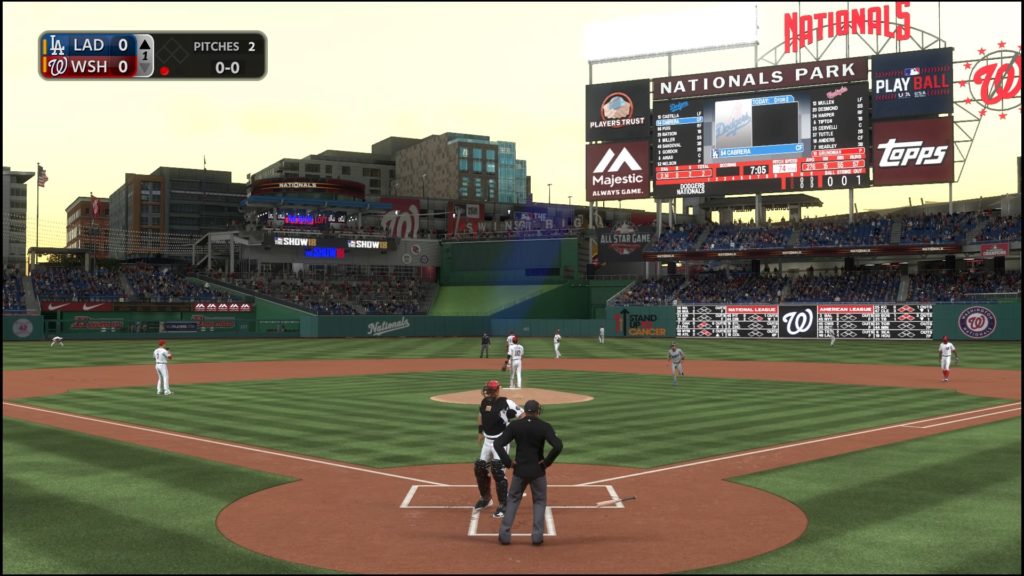
MLB(R) The Show(TM) 18
Keep It Simple, Stupid
If there were an over-arching theme to this season’s installment it would have to be, ‘approachability.” There has been an extensive amount of tuning performed on both the batting and baserunning mechanics. These improvements help make the action friendlier to the non-hardcore baseball fan. The days spent vainly waving at pitches like Stevie Wonder in a lightsaber duel are long gone. To be fair, there are still modes that will allow for more fine-tuned swinging, but addition of a more straightforward, “press X to swing,” approach feels like a step in the right direction. As someone who has notoriously been an atrocious batter, even I felt like a genuine threat at the plate. That is REALLY saying something!
While the changes to batting and baserunning felt more like refinements on previous seasons, my beloved Road to the Show mode has received a far more substantial approachability retooling. Unfortunately, speaking as someone who has spent cumulative months of my life playing this mode over the last decade, I can’t help but feel like they may have inadvertently thrown the baby out with the bathwater. The customization process where you could micromanage every stat and aspect of your digital doppelganger has been dumbed down to criminal levels.
In the place of the admittedly dated training point progression, there is now a new “archetype” system. Players choose the temperament and generic skillset of their athlete and that forever dictates the direction of their skill development. For example, if I chose to be what was deemed a “filthy” pitcher, all of my progression focuses upon enhancing the movement and control of my pitches. This also meant that my arsenal consisted of a gaggle of garbage pitches that made my elbow hurt just looking at them.
In the new archetype structure, players improve skills through performing positively in game situations and taking part in completely non-interactive training sessions. This design decision actually introduced an interesting situation of, “which came first, the chicken or the egg-shaped baseball?” Previously, players unlocked skills using training points, which would in turn improve their performance on the field. Now, you have to perform well on the field in order to get better. But how do you perform better on the field, without having higher player stats? It is a completely ass-backwards mindset that I feel breaks the entire crux of the mode.
The lack of customization is further exemplified by the inability to actually chose which skills to improve over the span of a career. Choose archetypes very carefully, because they will forever dictate a character’s talents. I understand that the developer made these changes to make Road to the Show more accessible, but it feels like equal parts rebooting and neutering, as opposed to the desired streamlining. Thank goodness I could import my character from last season with his stats intact, otherwise I’d have gone ballistic on levels that would register on the Richter Scale.
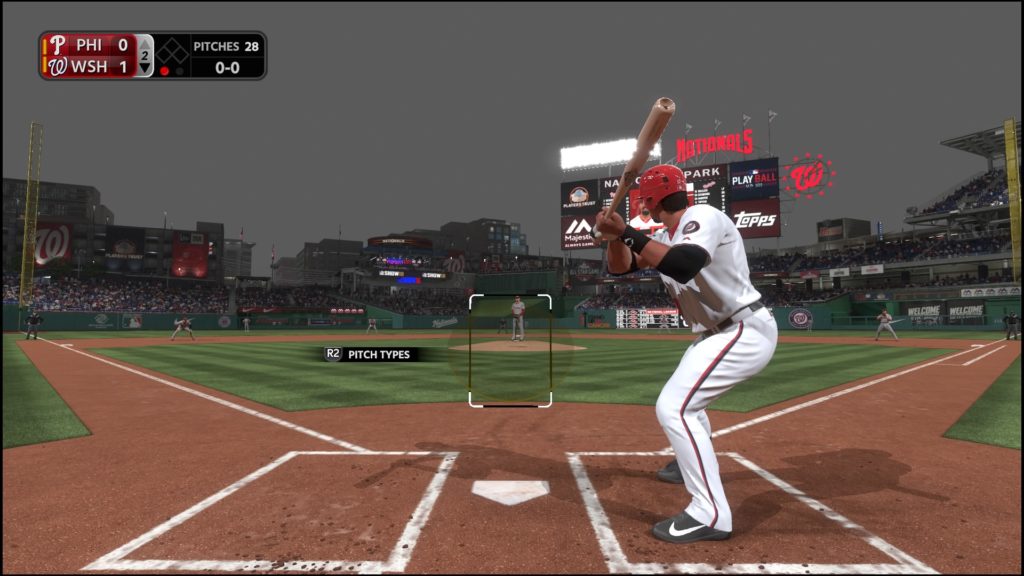
Rounding for Home
In the broad scheme of things, my Road to the Show complaints are most likely a little me-centric. A vast majority of the audience will probably appreciate the chance to just sit back and play baseball, letting their player evolve along the way. Despite the fact that it gives my micromanager an uncontrollable tick, I can see the appeal on some level. The changes just so happen to fundamentally change the way I play and eradicates a considerable amount of its appeal in the process.
Thankfully, the improvements on the field are the changes that have the most impact on the overall MLB experience. This is the closest you can get to suiting up without having to step into the batter’s box. Make no mistake, MLB The Show 18 is the best playing installment in the franchise to date. However, improvement tends to come at the cost of a butthurt fanboy or two in the process. Unless you are hard set in your ways, this is the perfect way to usher in a new season behind the plate.
SGR Rating: 4/5
Developer: SIE San Diego
Publisher: Sony Interactive Entertainment
Acquired via Purchase

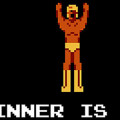
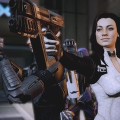
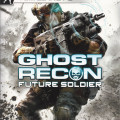
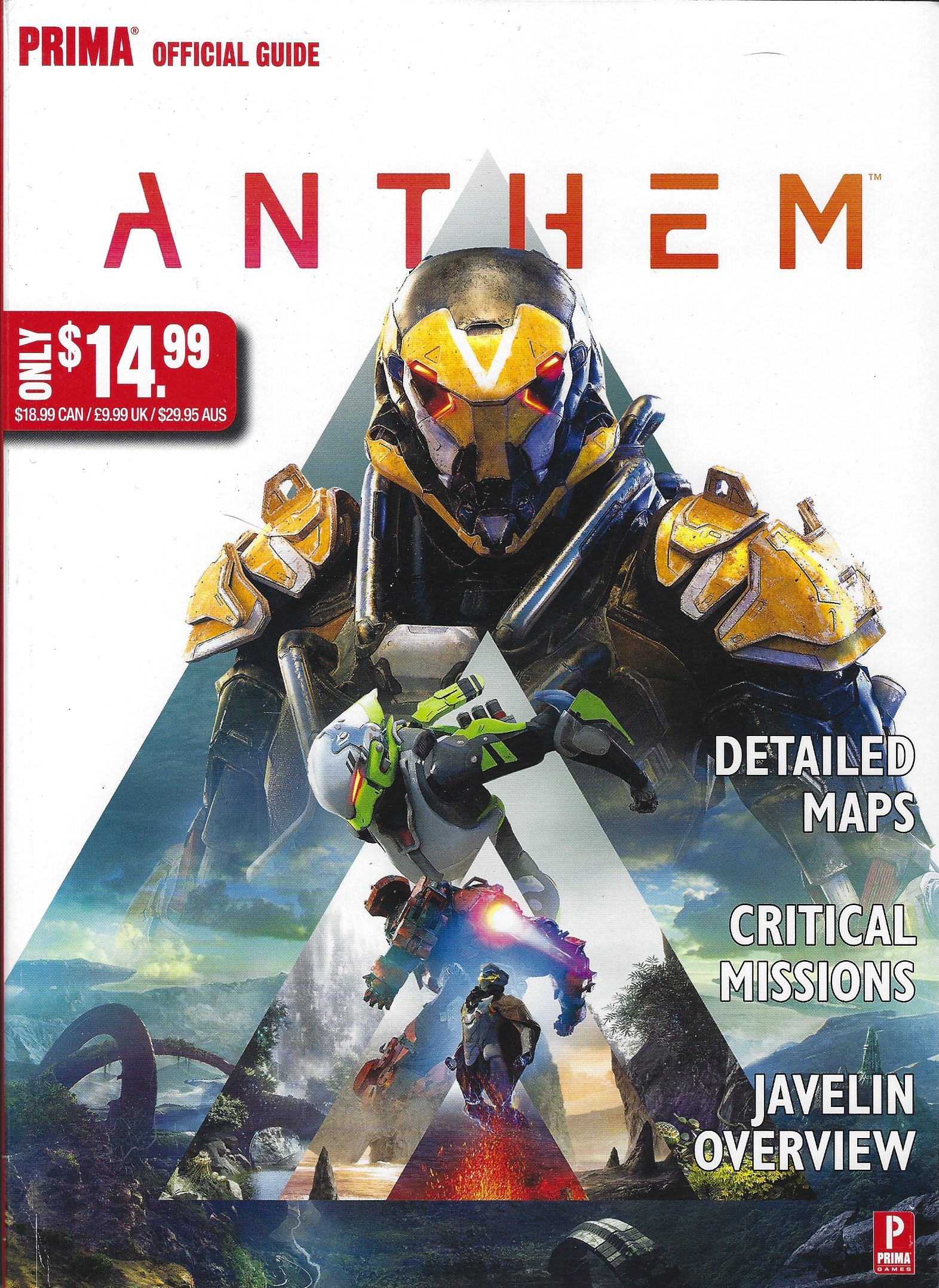
Leave a Reply